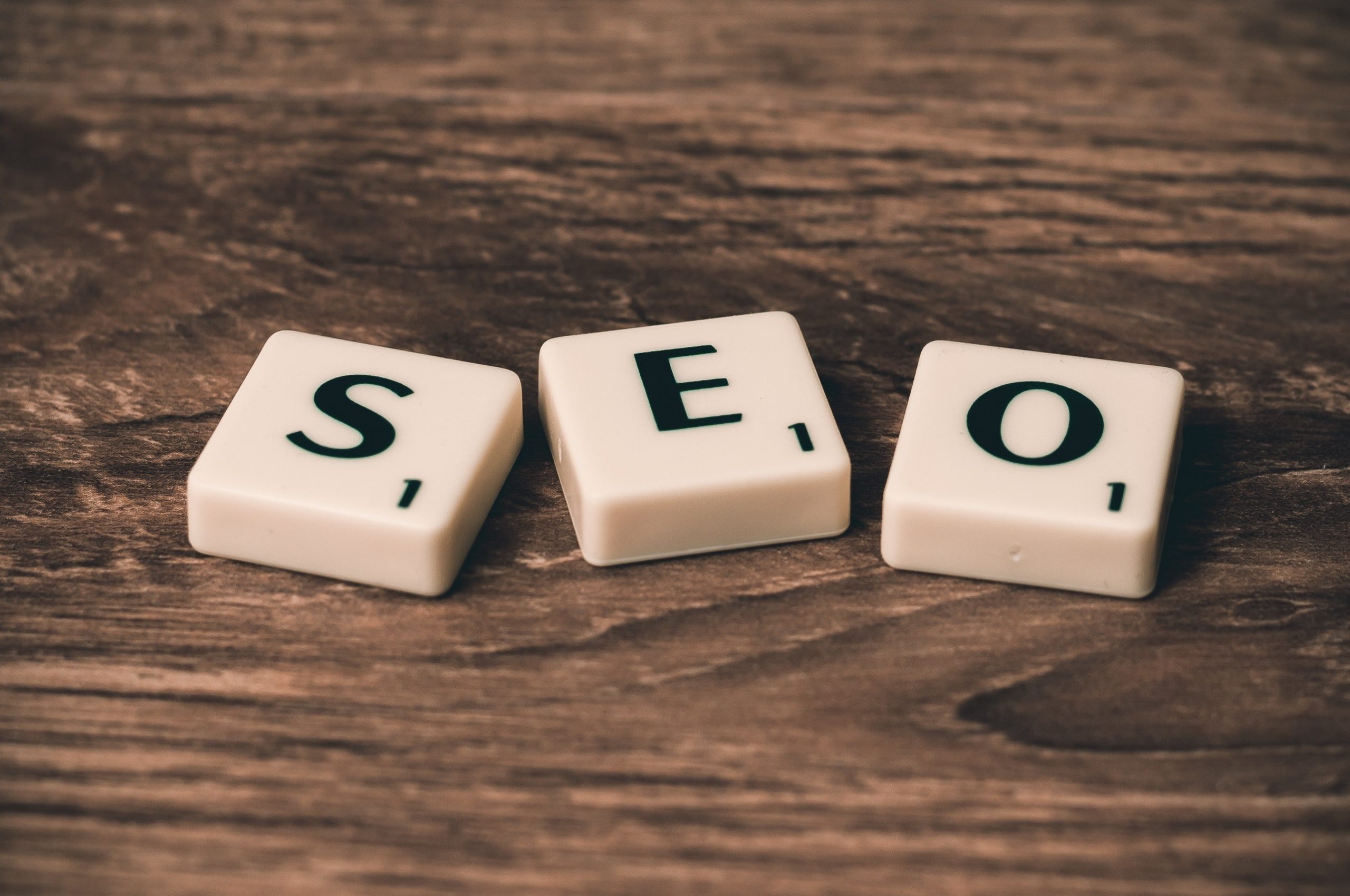According to HubSpot, nearly 38 percent of results that appear on Google’s search engine results pages (SERP) are images. Essentially, when users search the web page for answers, they are met with many images in addition to the standard text results we’ve come to expect. Initially, images were identified by the file name and tags associated with them. With the rise of AI, images can now be identified and categorized using deep learning networks. As part of a healthy blogging strategy, tagging images is essential in order to make them searchable.
This is where alt text, short for alternative text, comes into play. In this blog post, we’ll explore the purpose of alt text and how your brand can use it to optimize your ranking in a search engine algorithm.
What is Alt Text?
Alt text, also called alt description, alt tag, or alt attribute, is a brief sentence containing detailed information describing a webpage’s pictures. The concept was originally created to improve web accessibility for people who use a screen reader online. For example, those with visual impairments cannot see the images on a webpage, but the screen reader can relay the image description, resulting in a better user experience. Alt text is also helpful in filling in the blanks when images do not display because a webpage does not load properly.
How Does it Improve SEO?
Alt text has quickly become a best practice when it comes to SEO. In addition to improving the user experience, alt text improves search engine optimization. When a user searches a topic on Google, web crawlers scan the internet for the most relevant information to display in search results. Web crawlers also scan text descriptions of photos—and skip over those without alt text.
Including relevant descriptions of your photographs, images, buttons, and other visual elements means search engines will index this content when populating results pages.
Writing Alt Text for SEO
To write effective alt text for SEO, keep the original intent in mind: user accessibility. Although it can be tempting to use this real estate primarily for keywords, you want to be sure that your image description will make sense to someone who may not see your photo.
For this reason, write alt text in sentence form to keep it sounding natural. The text should also be as descriptive as possible, linking the image to the context of the article. For example, for a photo of a charcuterie board, you could describe it as “a tray with meat and cheese,” but a better description might be “a round wooden board filled with assorted meats, cheese, vegetables, and fruit.” The goal is to communicate the entire visual content of a photo, picture, or illustration.
Additional best practices for writing alt text include keeping phrases to 125 characters or less. Any longer, and you risk screen readers cutting off the description mid-sentence, resulting in a frustrating user experience.
Benefits of Using Alt Text for SEO
Using alt text as part of a greater digital marketing strategy for SEO and accessibility can also increase website traffic. As stated in the opening of this post, nearly 38 percent of Google’s search engine results are images—images that appear on the main results page!
Because your images now have text descriptions, web crawlers can read them and include them in SERPs. As such, your content may appear in both image and text results, creating multiple avenues for visitors to find your page.
Improving SEO means making all your content work for you, including content you have already created. If you have images on your site that do not have alt text, set aside some time to add them. Doing so could be an effective and efficient way to maximize your website’s current content and move the needle on your SEO.
Let’s Optimize Your SEO
Green Apple Strategy offers a unique approach to helping small businesses optimize their SEO efforts. Our team would love to collaborate with you on finding goal-driven solutions that reach your audience. Contact us today to learn more.


